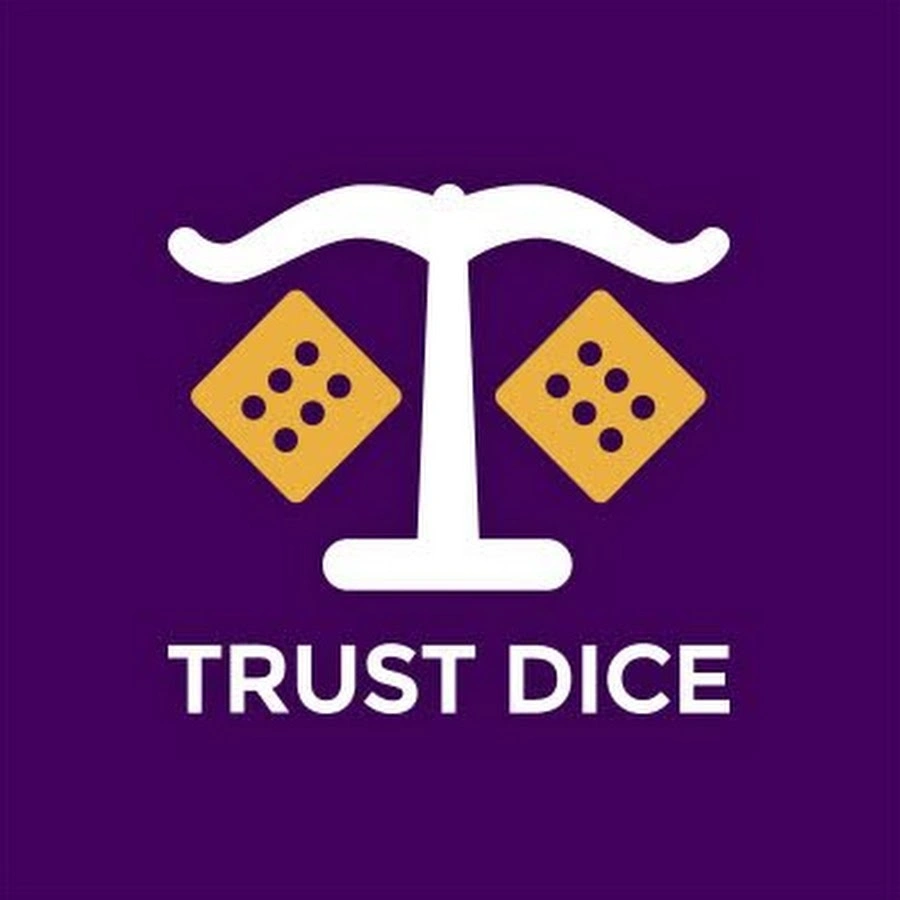Among these, Molly and Ecstasy have garnered significant attention, particularly among the younger demographic and those seeking new dimensions of consciousness. While often used interchangeably, these terms refer to substances that, despite similarities, have distinct differences in composition, effects, and cultural context. Ecstasy often refers to tablets that may contain MDMA along with other substances, while molly is supposed to be a pure form of MDMA, usually in powder or crystalline form. Ecstasy, also known as molly or MDMA (3,4-methylenedioxymethamphetamine), is a synthetic drug with stimulant and hallucinogenic properties.
Recovery may involve cognitive behavioral therapy, attending group counseling, and finding safe alternative activities. Building on his academic expertise, Dr. Blei developed the first reliable rapid tests for psilocybin, which laid the foundation for the spin-off company miraculix. Today, miraculix provides quantitative drug checking tools that are used throughout Germany and Europe. He also leads the German ALIVE project—an evidence-based drug checking Initiative funded by state governments, offering mobile substance analysis and harm reduction at music festivals and public events. From its early pharmaceutical origins to its role in groundbreaking PTSD research, the story of MDMA reflects how complex and misunderstood psychoactive substances can be. From a pharmacological perspective, MDMA is often placed in a unique class of empathogens or entactogens — substances that enhance emotional perception and bonding.
Cocaine affects serotonin but has a milder impact, as it influences multiple neurotransmitters, including dopamine and norepinephrine. Yes, Ecstasy is dangerous due to its effects on the heart, brain, and body, particularly when used in high doses or mixed with other substances. MDMA (Molly or Ecstasy) is a synthetic drug developed in a lab that has ecstasy mdma or molly: uses, effects, risks effects similar to those of stimulants such as methamphetamine. Some researchers and organizations classify MDMA as a psychedelic substance because it changes perceptions of time and vision, according to the National Institute of Drug Abuse.
Why Do People Abuse Drugs and Alcohol?
In most countries, MDMA is a controlled substance, classified as Schedule I in the United States — meaning it is considered to have no accepted medical use and a high potential for abuse. Whether you’re at home, working in harm reduction, or running a drug checking service, the QTest empowers safer, informed decisions — because knowing what MDMA is means knowing how strong it is. That’s why harm reduction tools like drug checking kits and education are essential. One example is the MDMA QTest — a rapid, research-based test kit that allows users to assess MDMA content before use.
- There’s no set definition for “hard drugs.” Generally, hard drugs are considered to be those with the greatest potential for harm and addiction, such as heroin and cocaine.
- More than 22 million of those surveyed said they have tried ecstasy at some point in their lives.
- Because of its effects on the body and brain, MDMA is prohibited in many countries, and using it carries serious side effects on one’s physical and mental health.
- As it impacts the serotonin system in the brain, it gives rise to pleasurable feelings also known as a high or euphoria.
- However, to be diagnosed with a substance use disorder, a person must meet specific diagnostic criteria for continued substance use despite negative consequences.
Opioid addiction: Signs & symptoms of opioid abuse
Moreover, given that it is a stimulant, it can also increase blood pressure and heart rate, which are quite risky for people suffering from cardiovascular problems. Ecstasy works by affecting the serotonin in the brain, which is a feel-good hormone. It allows one to experience the feelings of euphoria or a rush of pleasurable feelings and alters the perception of reality.
How Alcoholism affects the body?
This cycle quickly escalates into full-blown addiction, severely affecting mental and physical health. More health problems tend to occur in people who take high doses of MDMA, which some experts say is anything above 150 milligrams. These problems may include elevations in blood pressure and body temperature. Taking multiple doses of pure MDMA at once, or combining it with alcohol or other illegal or prescription drugs, makes it even less safe. Microdosing — taking a smaller dose, around 20–40 milligrams — can also produce negative side effects, particularly when the microdose is repeated within a short time frame. However, the critical difference lies in their purity and the presence of adulterants.
- Educate yourself, talk with your doctor, and reach out to local or virtual organizations that can provide support for addiction.
- Ecstasy or molly rarely contains pure MDMA and often contains fentanyl and other opioids.
- Therefore, it gives the feeling of a “rush” – a high or euphoria.
- Dr. Felix Blei is the CEO and Founder of miraculix Lab, and a Postdoctoral Researcher at the Friedrich Schiller University Jena.
- This leads to dehydration and hyperthermia, which can lead to liver, kidney, and heart failure.
Is MDMA a Stimulant, a Psychedelic – or Something Else?
However, an overdose of ecstasy and its complications can largely be understood under the banner of hyperthermia, hyponatremia, serotonin syndrome, and multiple organ failure. It impacts memory function as well, and its effects on the serotonin levels in the body can lead to depression as well. Psychological effects include the risk of addiction, severe anxiety, craving for the drug, and confusion as well.
Like most illegal drugs, the purity of MDMA changes all the time, so forms that might once have been more reliable cannot be guaranteed to remain so. Minimizing risks involves being informed about the substances, avoiding mixing with other drugs or alcohol, staying hydrated, taking breaks, and being in a safe environment with trusted individuals. Addressing the misuse requires a comprehensive approach that includes public health strategies, educational programs, and targeted interventions.
How does MDMA affect the brain?
You may feel a need to touch and be touched, and you’ll experience sexual arousal and a heightening of your senses. This involves taking several doses of ecstasy spread out over a short time. You may be at risk from other drugs and ingredients added to the pill or powder, as well as to the ecstasy itself. We’re here to help you reclaim joy, wellness, and a brighter future. If you or someone you love wants to change your relationship to substances like MDMA, there’s no shame in reaching out to a health professional for help. With the right support and treatment, you can learn tools to change your habits.
Acute adverse effects can include hyperthermia, dehydration, bruxism, and diaphoresis. Post-intoxication phenomena may include insomnia, anhedonia, anxiety, depression, and memory impairment, which can persist for days following drug cessation. This review provides background on the legal status of MDMA and its use patterns, including proposals for its use as an adjunct in psychotherapy. It also discusses the pharmacological properties, mental and physical health effects, and interactions of MDMA with other drugs, with special focus on harm reduction strategies. This information will help healthcare providers assess adverse health effects related to MDMA/ecstasy use in order to facilitate appropriate treatment strategies and improve patient outcomes.







